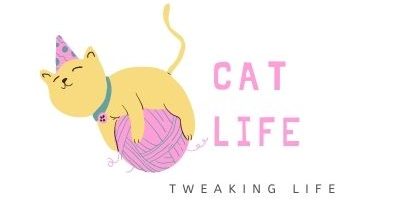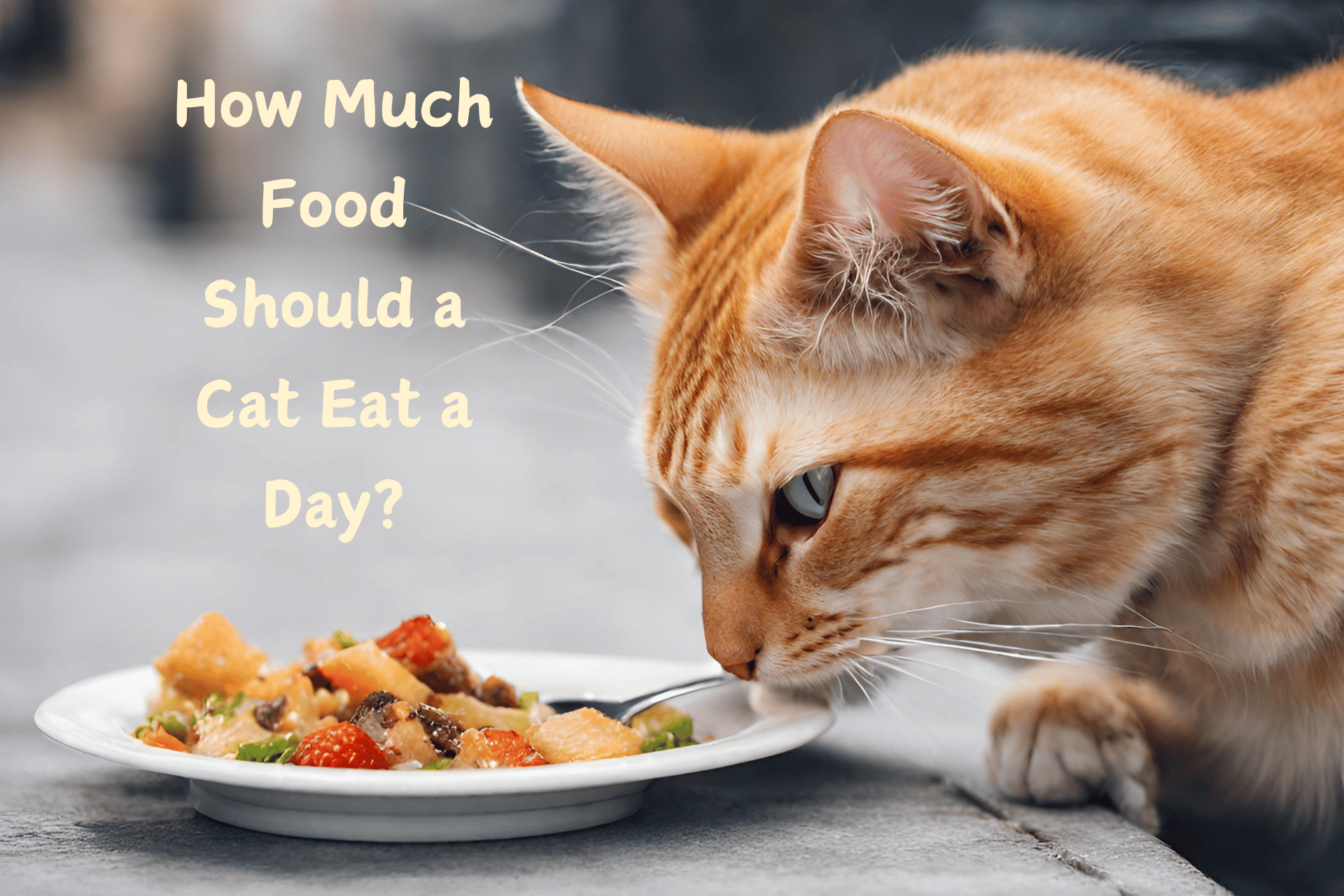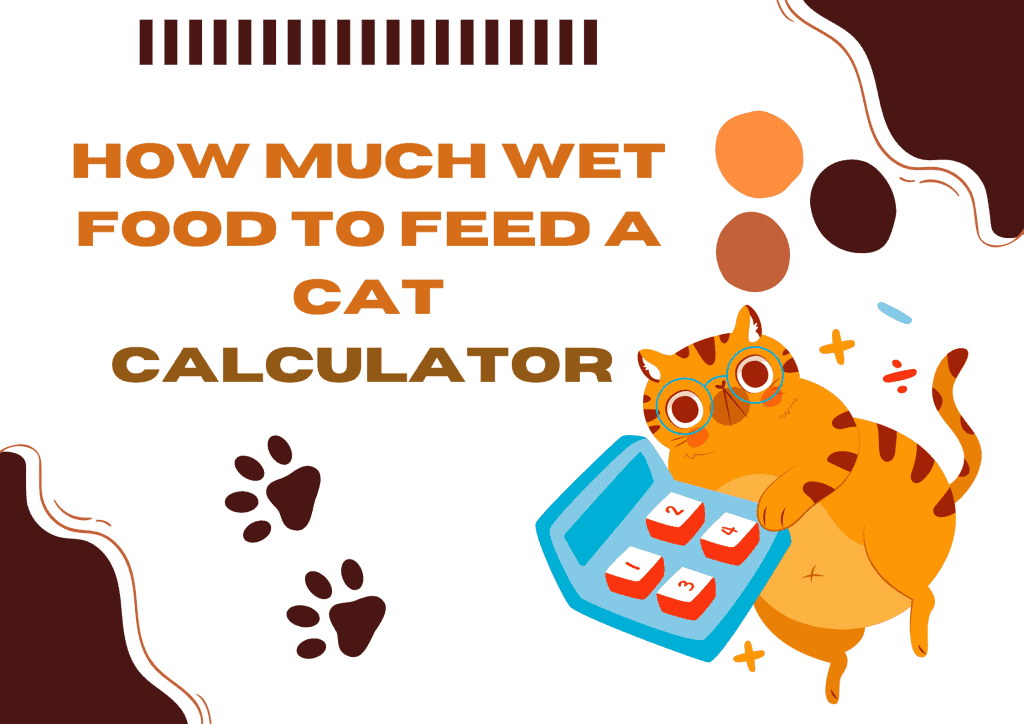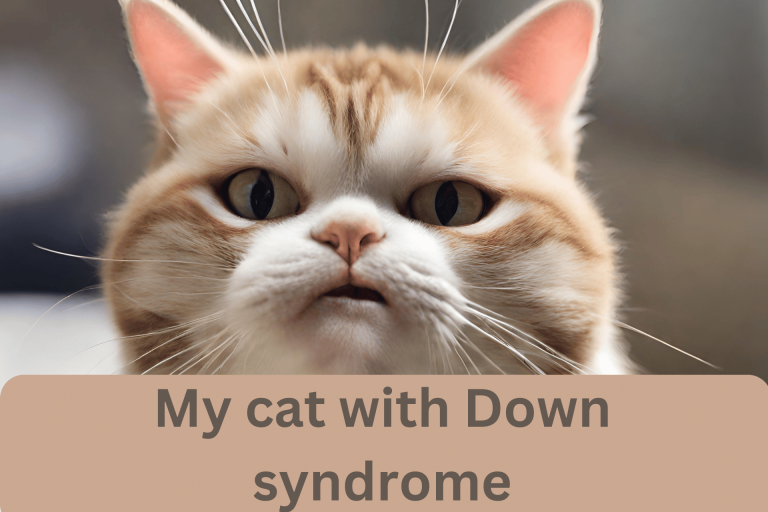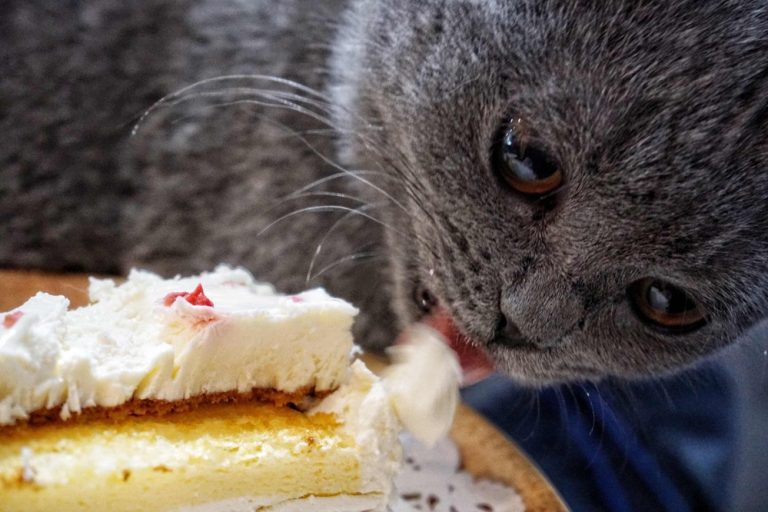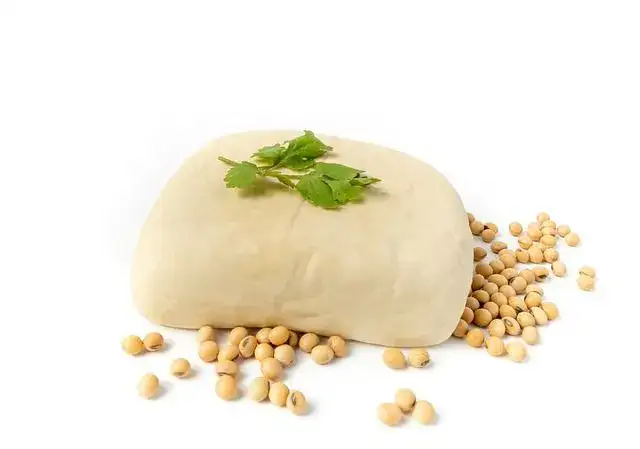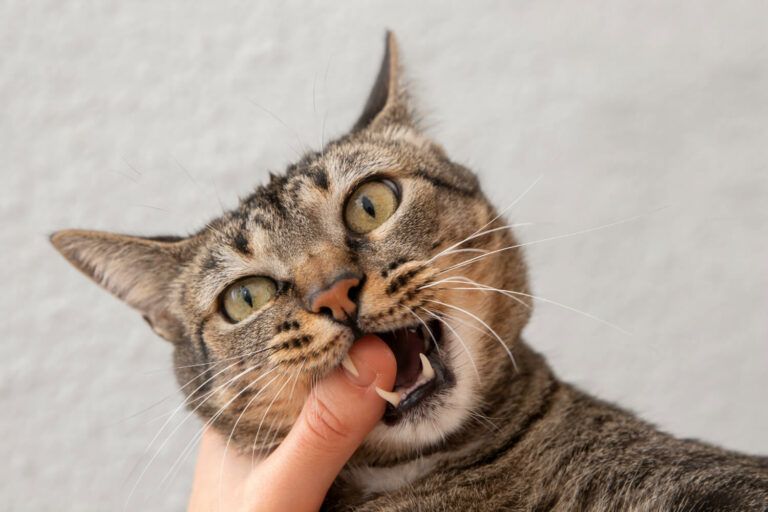How Much Food Should a Cat Eat a Day?
As a cat owner, one of the most common questions you may have is how much food should a cat eat a day. Determining the right amount of food for your cat is important for their overall health and well-being.
Let’s take a look at the factors that influence a cat’s dietary needs and provide you with a clear understanding of how much food your cat should be eating per day.
How Much Food Should a Cat Eat a Day – Daily Calorie Needs
The amount of food a cat needs each day depends largely on its age and activity level.
Kittens
These energetic furballs are constantly growing and require a lot of fuel. Kittens from 0 to 4 months old, with a weight range of 1 to 5 lbs, can need anywhere from 77 to 353 calories per day. This translates to roughly 300-500 calories daily on average to support their growth and development. It’s important to monitor their weight to ensure they’re gaining at a healthy pace, typically around 1 pound per month.
Adult Cats
As cats mature, their activity level tends to decrease, and so do their calorie requirements. Adult cats typically need around 20 calories per pound of body weight each day. For example, a 10-pound neutered male cat would require approximately 200 calories per day. However, this is just a general guideline.
Senior Cats
As cats enter their golden years, their metabolisms slow down even further. Senior cats often need even fewer calories than adult cats. Consulting a veterinarian is especially important for senior cats, as they may also have underlying health conditions that can affect their dietary needs.
Recommended daily caloric intake for cats
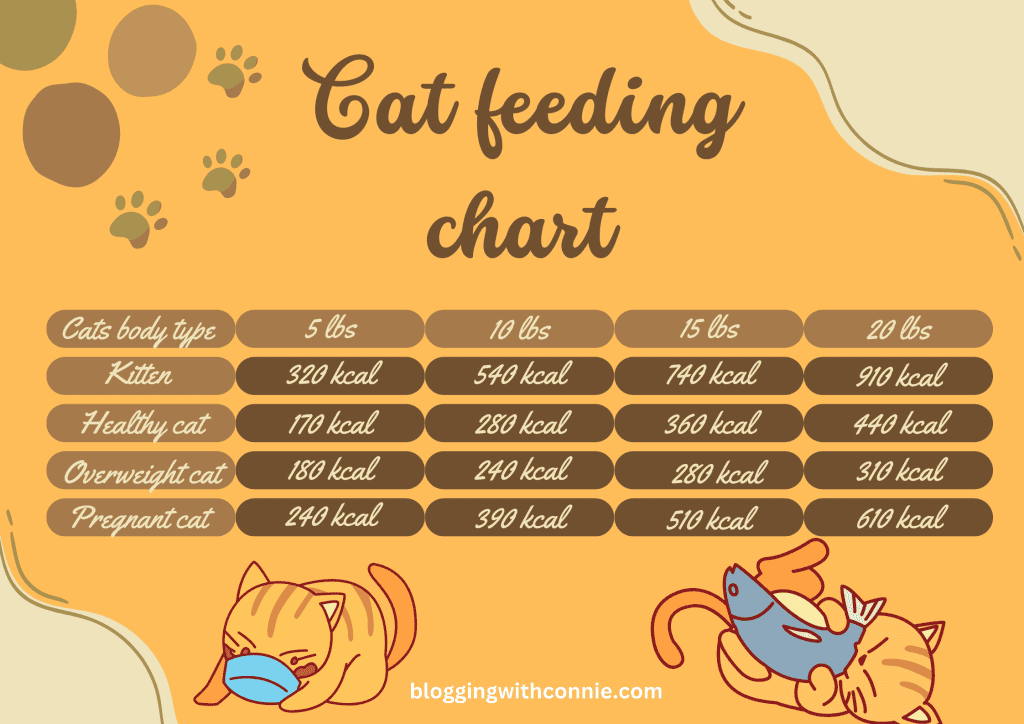
Wet Food vs. Dry Food: Which is Better for Cats?
The age-old debate of wet food versus dry food for cats can leave many pet owners scratching their heads. Both options offer distinct advantages and disadvantages, making the ideal choice dependent on your feline friend’s specific needs and preferences.
Wet Food
Wet food boasts a significantly higher moisture content, typically around 70%, compared to the meager 10% found in dry kibble. This translates to a significant advantage for cats, who are notorious for being low-key water drinkers.
The extra hydration in wet food can benefit cats prone to urinary tract problems or kidney issues. The enticing aroma and texture of wet food often make it more appealing to picky eaters or cats with dental problems who struggle with chewing dry kibble.
However, the downside to wet food lies in its higher cost, shorter shelf life once opened, and the potential for attracting flies or creating messes if not cleaned promptly. So if your cat only eats wet food you might be in a bit of trouble. I personally like to mix wet and dry food to lower the cost of cat food and still feed Feliciano what he likes to nibble on.
Dry Food
Dry food offers a clear advantage in terms of convenience and affordability. The longer shelf life and ease of portion control make it a practical choice for many cat owners. Furthermore, the crunchy texture of dry kibble can actually benefit your cat’s dental health by promoting plaque and tartar removal as they chew.
However, the lower moisture content necessitates ensuring your cat has access to plenty of fresh water to avoid dehydration. Some cats may find dry food less palatable compared to the richer flavors and textures of wet food.
Check out our article on how much dry food to feed a cat calculator.
Ultimately, the best choice between wet and dry food depends on your cat’s individual needs and preferences. Consulting your veterinarian can help you determine the ideal feeding regimen, whether it’s wet food, solely dry food, or a combination of both, to keep your feline companion happy and healthy.
Common Mistakes Everyone Does While Feeding Cats
While showering our feline companions with affection and treats is natural, unintentional feeding mistakes can sometimes lead to health problems. Here are some common missteps to avoid when nourishing your cat:
- The All-You-Can-Eat Buffet: Free-feeding, where a bowl of dry kibble is constantly available, can be a recipe for feline obesity. Cats, unlike humans, don’t regulate their food intake as effectively and may overeat if given unlimited access. This can lead to weight gain, putting them at risk for diabetes, joint problems, and other health issues. Measured portions, fed at scheduled times, are a healthier approach.
- Sharing is Caring, But Not Always: Our plates may hold irresistible aromas, but resisting those begging eyes is crucial. Many human foods are toxic to cats, including grapes, raisins, onions, garlic, and chocolate. Our rich, fatty meals can also upset their delicate digestive systems. Stick to a cat-approved diet and offer treats formulated specifically for felines.
- Water? Who Needs It?: Cats evolved from desert-dwelling ancestors and have a low thirst drive. However, adequate hydration is essential for their health. Dry food, while convenient, has a low moisture content. Providing fresh, clean water readily available throughout the day is crucial. Consider investing in a cat fountain to entice them to drink more.
- Single-Minded Meals: While dry food offers dental benefits, a solely kibble-based diet may lack essential nutrients and moisture. Wet food provides hydration and variety, but may not offer the same dental advantages. Many veterinarians recommend a combination of both, allowing you to reap the benefits of each while addressing potential shortcomings.
FAQ
How much food do you feed a cat?
As a general guideline, adult cats typically require around 24 to 35 calories per pound of body weight per day. However, it’s essential to consult with your veterinarian to establish a personalized feeding plan tailored to your cat’s specific needs.
Is one can of wet food enough for a cat?
Maybe, maybe not! It depends on the size of the can, the calorie content of the food, and your cat’s individual needs. A typical 3 oz can of wet food contains around 70-100 calories, but this can vary by brand. So, one can might be enough for a small, inactive cat, but not for a larger or more active feline.
Is my cat eating enough?
Keeping track of your cat’s body condition score, energy levels, and overall health can help determine if they are eating enough. If you have concerns about your cat’s eating habits or nutritional status, it’s advisable to seek guidance from your veterinarian for further evaluation and advice.
